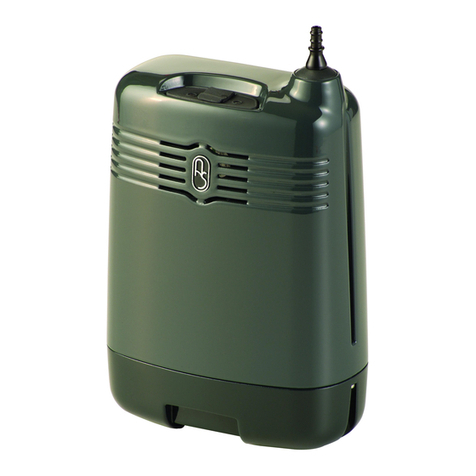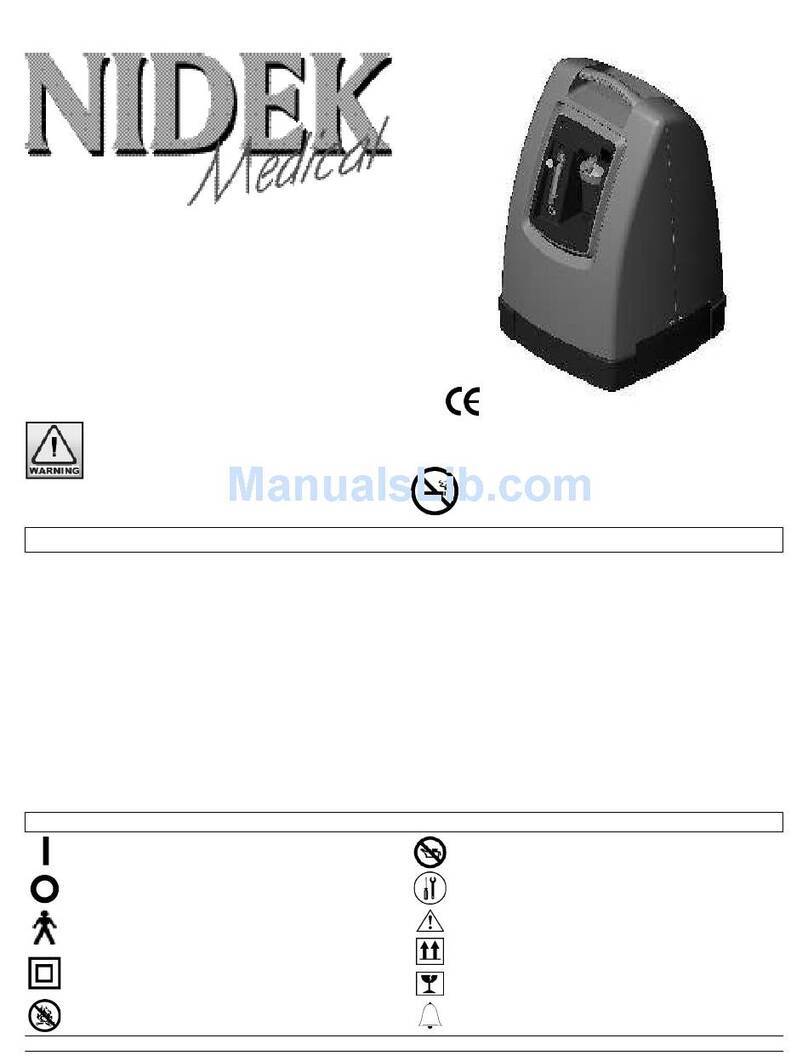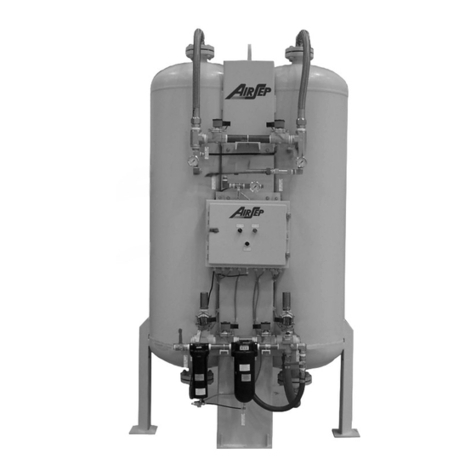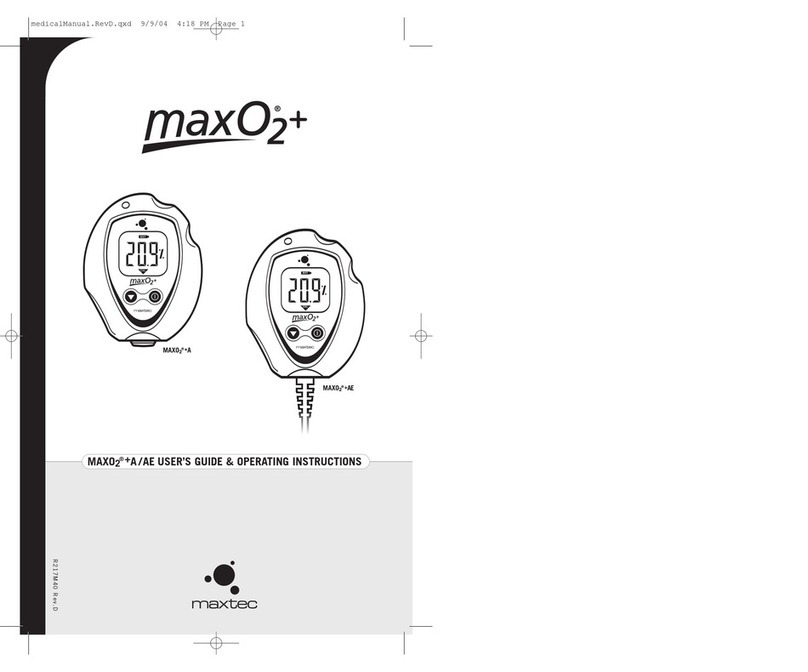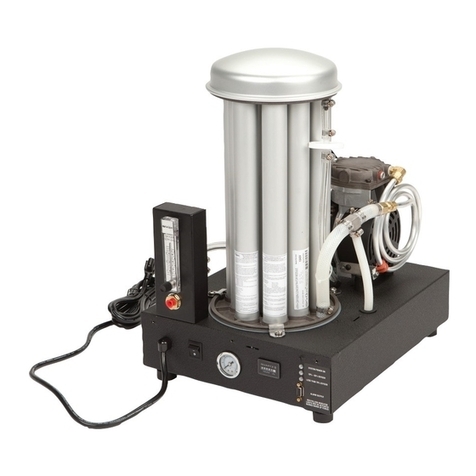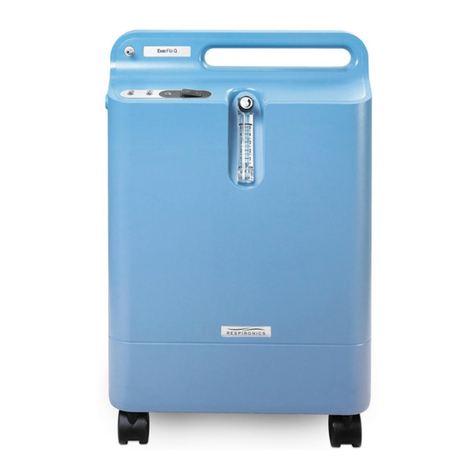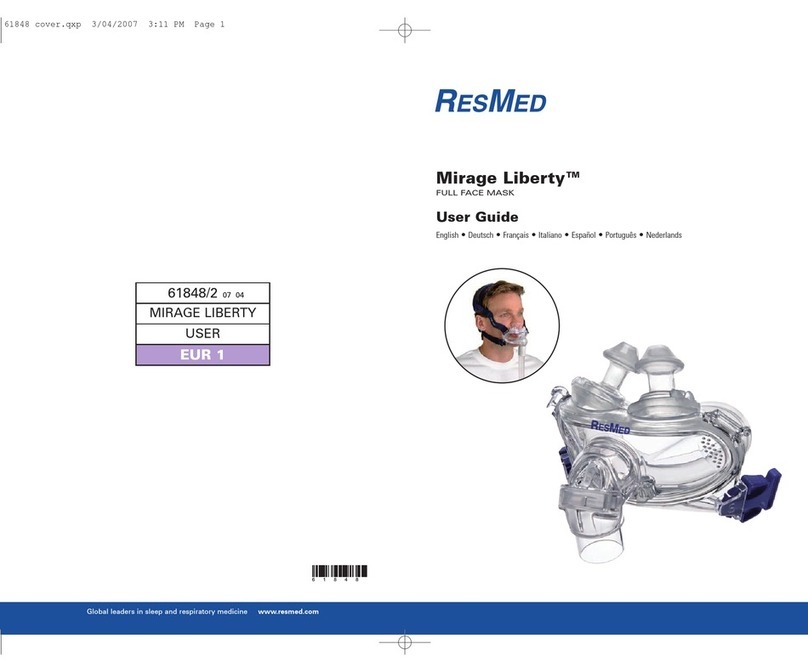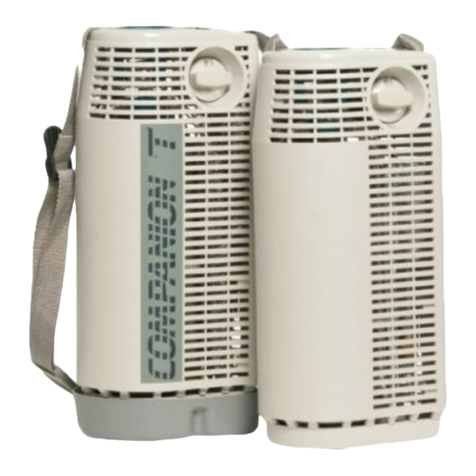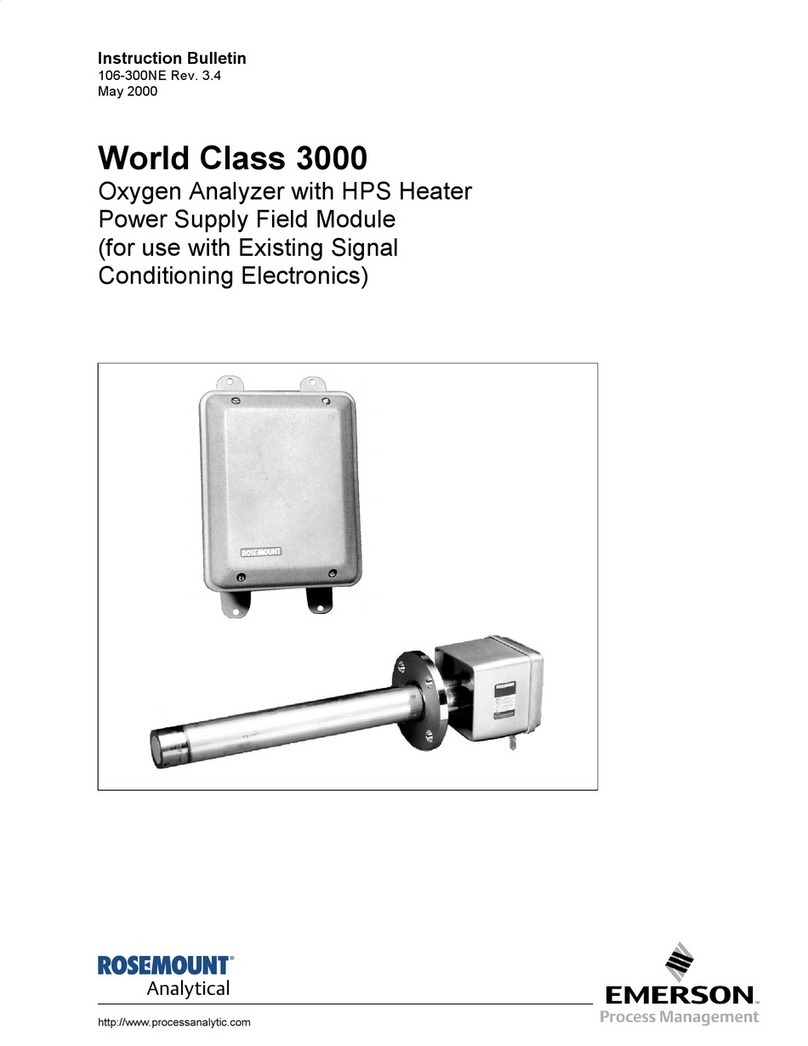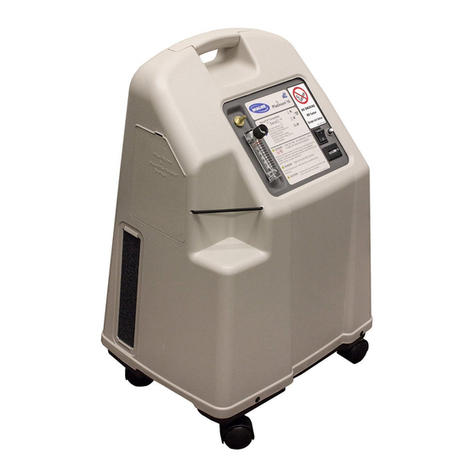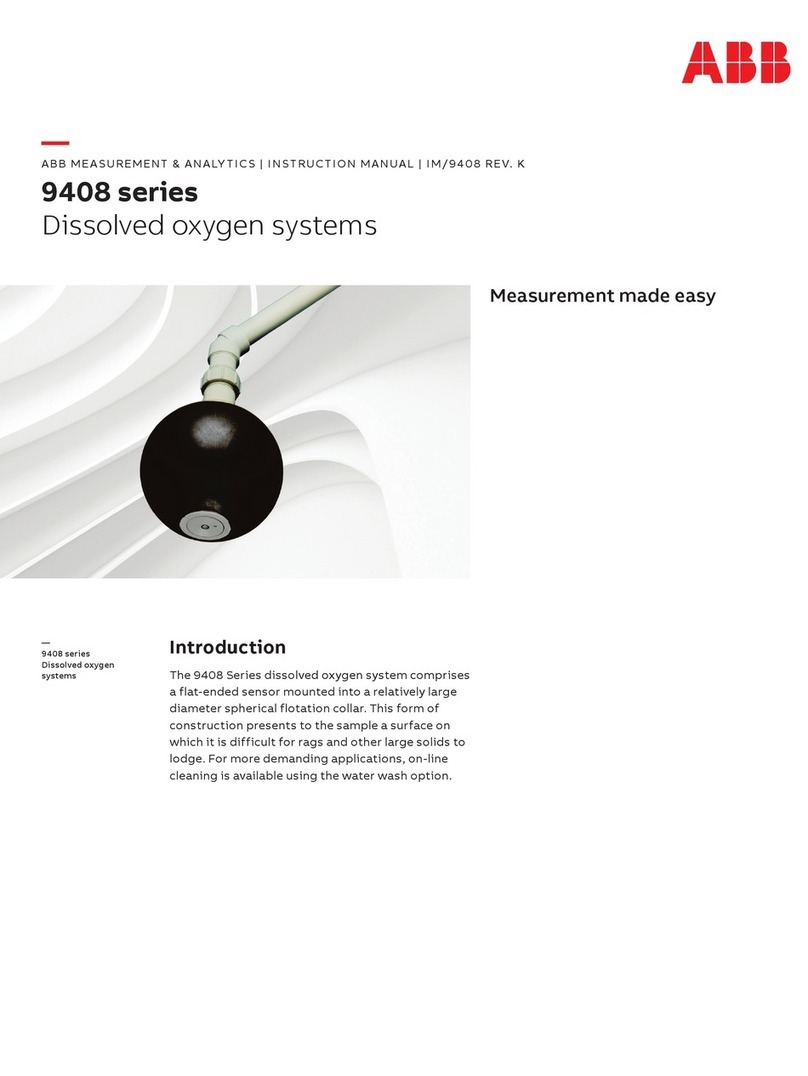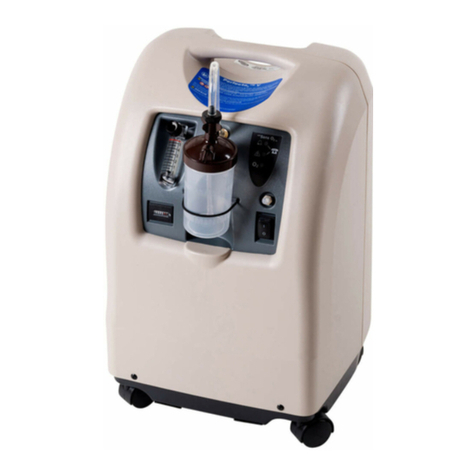
PREFACE
This manual describes the function, operation and maintenance of the MAXO2®+
hand-held oxygen analyzer. A member of Maxtec®’s MAXO2®analyzer line of
oxygen analyzers and monitors, the MAXO2®+utilizes the MAX-250+ oxygen
sensor and is engineered for long life, maximum reliability and stable perfmance.
NOTE: In order to obtain optimum performance from your MAXO2®+ analyzer, all
operation and maintenance must be performed in accordance with this manual.
Please read the manual thoroughly before using the analyzer and do not attempt
any repair or procedure that is not described herein. Maxtec®cannot warrant any
damage resulting from misuse, unauthorized repair or improper maintenance of the
instrument.
Thank You
Thank you for your purchase of a Maxtec®MAXO2®+oxygen analyzer. We
appreciate the time and energy you invest in selecting the equipment best suited
to your needs. As exchange, we are supplying you with a reliable,
high-quality instrument that, with proper care and operation, will provide you with
years of exceptional service. We also encourage your comments or suggestions
as to how our equipment, in any way, can better serve your needs. Please feel
free to write, FAX or e-mail us at the address on page ii of this manual c/o the
Maxtec®Marketing Department. Please visit our website www.maxtecinc.com for
more information on our products and services.
WARNING:
Never allow an excess length of tubing, lanyard, or sensor cable near a person’s
head or neck, which may result in strangulation.
Before use, all individuals who will be using the MAXO2®+must become thoroughly
familiar with the information contained in this Operation Manual. Strict adherence
to the operating instructions is necessary for safe, effective product performance.
This product will perform only as designed if installed and operated in accordance
with the manufacturer’s operating instructions.
Use only genuine Maxtec®accessories and replacement parts. Failure to do
so may seriously impair the analyzer’s performance. Repair or alteration of the
MAXO2®+beyond the scope of the maintenance instructions, or by anyone other
than an authorized Maxtec®service person, could cause the product to fail to
perform as designed.
Calibrate the MAXO2®+weekly when in operation, or if environmental conditions
change significantly. (ie. Elevation, Temperature, Pressure, Humidity — refer to
Section 4.0 of this manual).
iii
WWW.MAXTECINC.COM

